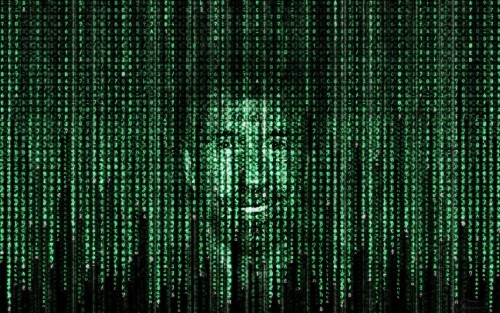
photo courtesy of deviant art

photo courtesy of deviant art
So I thought I was being original for writing a piece on datafication. But when I searched it, I saw that many before me had written about it, and just like the word “Big Data”, so too had datafication become a buzzword, just like buzzword before it had become a buzzword. But like Chumbawumba, I get up again, and this will not keep me down.
First, the definition. There is no official definition, at least in terms of it being in the dictionary, or not in this case. I suppose being in the dictionary doesn’t really validate a word, because “d’oh”, made famous by Homer Simpson, is in fact in the dictionary. Jeff Bertolucci defines it as “the notion that organizations today are dependent upon their data to operate properly — and perhaps even to function at all.”
In Big Data: A Revolution that will transform how we live, work and think, Authors Kenneth Cukier and Viktor Mayer-Schonberger opine that “There’s no good term to describe what’s taking place now, but one that helps frame the changes is datafication…It refers to taking information about all things under the sun…and transforming it into a data format to make it quantified.”
I guess Bertolucci’s take on it is just an extension of Cukier’s and Schonberger’s, in that businesses are taking any possible quantifiable metric and squeezing insight out of it. What is this so-called quantifiable information that data miners are looking for, and how are they finding what they’re looking for?
For starters, many companies are examining their log files to spot trends on their website or user actions in their SaaS. For those that aren’t familiar with log files (in case my mom is reading), it’s a boring record of everything your users are doing. Well, boring for my mom, but not boring for people that are trying to better their site or product. Others (most companies if they’re smart) are checking out the purchasing patterns of their customers. But these two examples are obvious, and certainly not anything new, and don’t exactly fall into that arena of taking everything under the sun and quantifying it.
So what kinds of things that are under the sun are being measured?
Take the little black box in an airplane, you know, the one that every cliche comic in the history of man asks why planes cannot be made of the same material. The boxes are being put into cars by insurance companies. For those that agree, they get a discount. Every recordable action that happens in a car will be sent to the insurer to make sure you’re driving the way you, or your kid, say you are.
Of course we have the ultimate narcissistic/ADD combo in tweeting. You have less than 150 characters to tell a bunch of people that you’re thinking of something that, in your opinion, they should care about. But you know what? There’s information there. I can go use my marketing automation platform to see who’s been searching for things like Hadoop as a Service, and then try and turn them into leads. If it wasn’t for the datafication of tweeters’ thoughts, that’s one less sales channel available to me, and anyone else that like free leads.
Here are some other datafiable things:
Trees – Good for urban planning.
What you order at a restaurant – Good for restaurant inventory, letting a supplier know if they are using a good steak vendor
Dog doodie (seriously) – By dna testing a dog or his leftovers, companies can later on identify who the bad owners are that don’t clean up after their furry friend by cross referencing a database containing said dna samples. Violators wind up getting a fine.
Weather – Drought or storm prediction based on past years becomes easier, which in turn can help public works with their water supply needs, as well as provide us with more storm chaser TV shows.
That’s just a small percentage of the proverbial drop in the bucket. Wait, maybe we can count the drops in a bucket to make better buckets.






